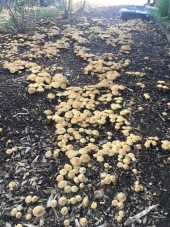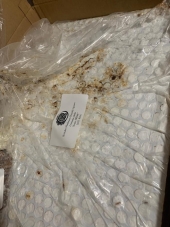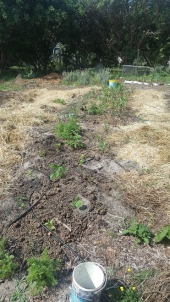I'm in the Cape peninsula in South Africa, in an area of very low summer rainfall and very strong summer winds.
I wonder if the energy needed to get things going, and the energy needed once there's momentum, could be somehow disentangled. For example, an initial large input of organic matter or water will not necessarily make the whole project unsustainable in the long term, but will greatly increase the number of species that will be successful, and the speed in which you will be able to observe growth and get a yield.
We grow indigenous species as supports (in our case various osteospermum, wild sages, dovyalis afra, sourfig- carbobrotus edulis, polygala myrtifolia, tulbaghia, many types of pelagoniums, salt bushes), so that the soil is shaded around our fruit trees, even if the support species itself is not harvestable for human use. Keeping bees helps to make these support species feel useful. (and we also have dairy goats, for the same reason but also because we just love them). We have to irrigate our fruit trees, using drip irrigation and rain water.
Importing massive amounts of landscaping waste, in winter, was very important for helping to get the soil covered more rapidly, which in turn greatly increased water retention in winter, and then compounded the effect. The area of our property that has no irrigation whatsoever is certainly not as lush yet, but we have tree lucerne (tagasaste) sourfig, Australian myrtle, and good groundcover, and I noticed now we have self-seeded hemp growing, and I've planted camphor and coastal oak and they are all doing ok. Also, if I can plant a relatively large tree in winter, their probability of surviving the summer is much greater.









